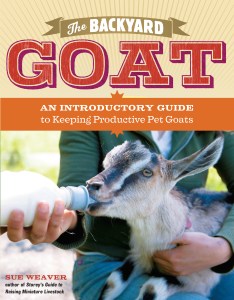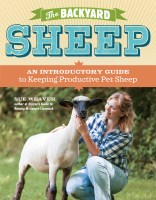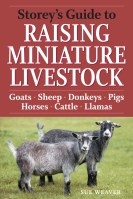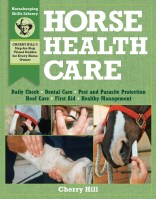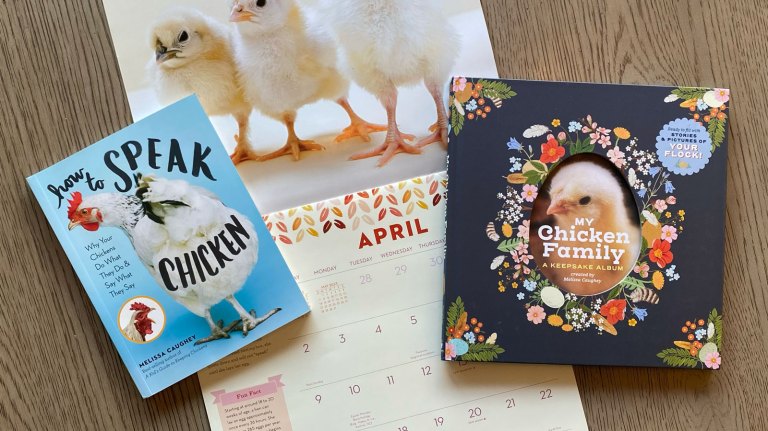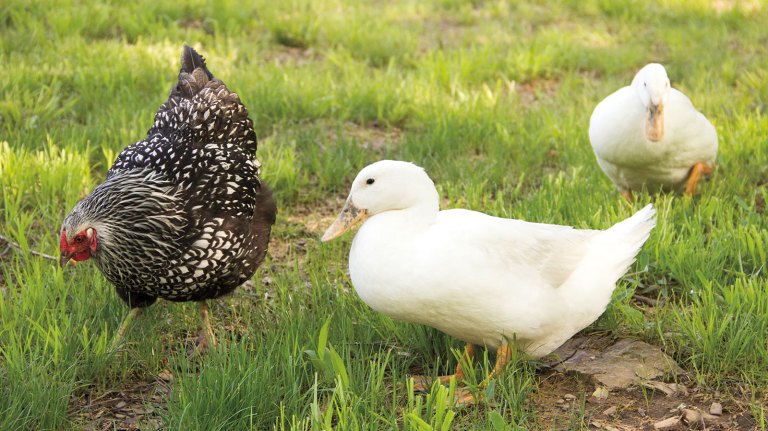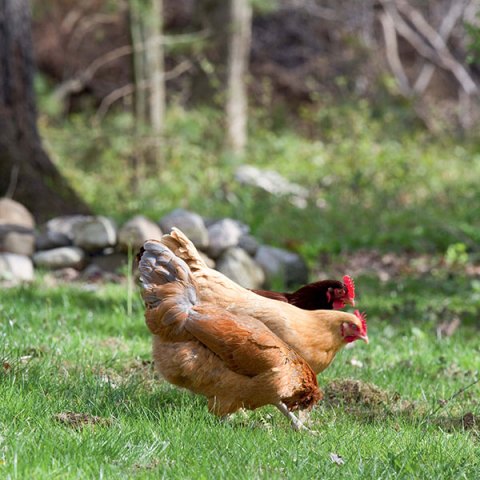Give a Goat a Guinness? Treating Livestock with Beer
Dark beer has a long history of helping barnyard animals that are struggling with loss of appetite or need a boost after physical exertion.
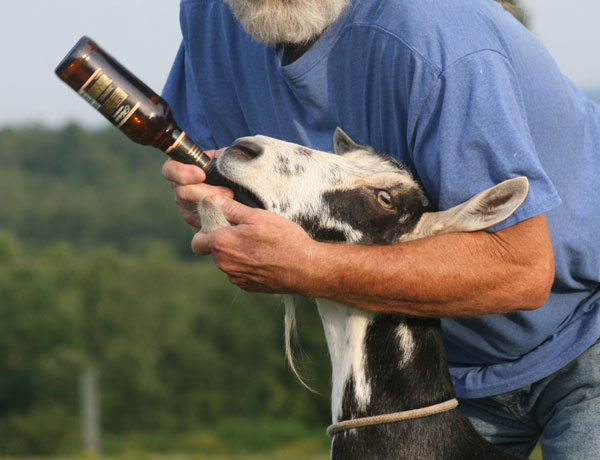
Beer for goats? Yes, indeed! Beer, in fact, for many other farmyard creatures as well. Horses, sheep, goats, cows, and pigs all benefit from a good dark beer when they aren’t feeling up to snuff.
We learned about beer for livestock 10 years ago when our big Boer goat wether, Salem, went off his feed. At the time, I moderated a Yahoo group called HFSheep, where I mentioned Salem’s plight. “Give him a beer,” said Alice Moore, a Welsh breeder of beautiful Zwartbles sheep. When the Moores first acquired their animals, an aged Welsh shepherdess told them that nothing perks up a peaked sheep faster than beer. They use and recommend it. I tried it and now I recommend it, too.
The usual dose for an ailing sheep or goat is one full beer in the morning and, if necessary, another in late afternoon. In the olden days, folks dosed their animals using a specially-made, strong, long-necked glass bottle. But don’t try to give your animal liquid straight from any bottle unless you pad the neck really well and are very, very careful. A better way to do it is to buy the kind of rubber nipple used on calf-feeding buckets, then cut a ½” circle in the tip end. Use to slowly feed the beer a sip at a time, giving the animal ample time to swallow. This works well with goats that resist a bit. For those that are used to — and like — beer, we cut off the end of the rubber nipple entirely, like so.
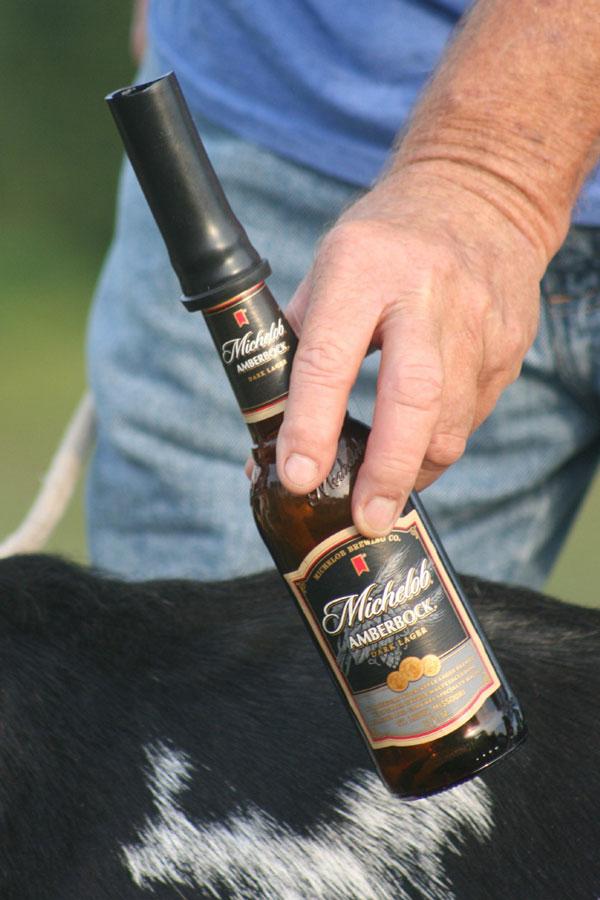
You can also slowly syringe flat beer (the fresh stuff foams too much to draw into a syringe) into the animal’s mouth using a dose syringe or a 60cc or 120cc catheter-tip veterinary syringe. Once they’ve tasted it, some like it enough that they’ll drink it from a bowl or pail. You could try this before you need to, so you know which animals like it and which don’t.
Dark beer is the preferred type to give to animals for medicinal purposes. Guinness stout, the favorite of Irish horse trainers, is made using water, barley, yeast, hops, and roasted malt; it’s the malt that gives stout its dark color. We gave our first sick goat dark bock (German) beer because bock means “buck,” as in a goat buck. Being non-drinkers ourselves, we didn’t know what to choose, so “goat beer” seemed right. It worked, so we’ve dosed with bock ever since.
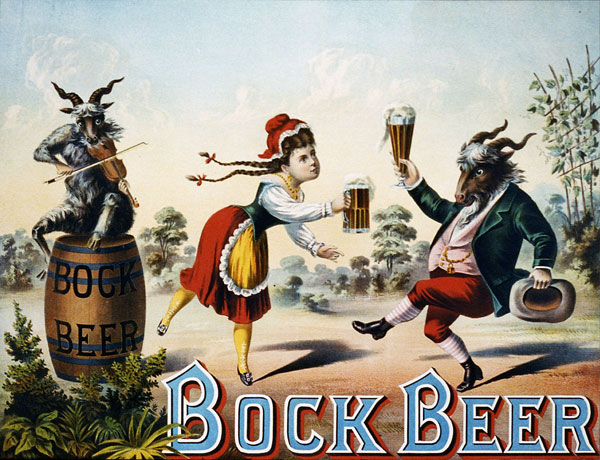
Once we started using it, I remembered seeing references to beer in vintage horse books, so I ran a Google search for farm animals and beer. What I found amazed me! Here are a few highlights:
Horses and beer are a traditional twosome. Horses don’t get drunk from drinking beer because their livers metabolize alcohol much faster than ours do. Also, a pint or so of beer is a comparative drop in the bucket when given to a 1,200-pound horse (feed less if you’re dosing a mini).
Many leading trainers and competition riders in Ireland and Great Britain treat their charges to a pint of Guinness stout after races and competitions to revitalize them. They also feed it to stimulate picky eaters. Arkle, the great English Thoroughbred steeplechaser, enjoyed two pints of Guinness daily. His trainer used it to soak Arkle’s oats. Hall of Fame race horse trainer Jonathan Sheppard began pouring Guinness over Forever Together’s feed when she was in a temporary slump as a three-year-old. She loved it and rallied, going on to win three stakes races, including the $2 million Breeders’ Cup Filly & Mare Turf at Santa Anita.
The yeast in Guinness, Saccharomyces cervisia, is a component in better-quality probiotic supplements. Hops are used as a digestive aid and a treatment for intestinal ailments in traditional Chinese medicine; one of the phytochemicals in hops, quercitin, is a powerful anti-inflammatory antioxidant. The malted barley in Guinness is a fine source of B-vitamins and of the minerals iron, copper, manganese, and selenium. Recommended amounts to feed on an ongoing basis, according to Guinness:
- High performance horses: 12 ounces (1 bottle) once a day
- Moderately active horses: ½ cup once a day
It can also be fed after a hard training session, after a competition, or during periods of high heat or high humidity.
Sometimes trainers also feed a pint of beer a day to horses with anhydrosis (anhydrosis means they can’t sweat). If you suspect anydrosis, call your vet — don’t assume a beer will do the trick — but it can’t hurt to give it to your horse if he likes it.
Not sure how to introduce beer to your horse? You could try this ploy from The Simple Ailments of Horses; Their Nature and Treatment, W.F. (1882): “Place a quart of ale in the bottom of a pail, then place a whole loaf, with the crust pared off, in the ale leaving the upper side dry. The horse eats the bread down to the beer, and eventually takes the whole, beer also; and will henceforth take kindly to the beer given alone. Beer and loaf is capital in long, tedious cases of extreme weakness, such as continued fevers.”
Another good way to give your horse beer is in bran mash. Mix together:
- 8 cups of bran
- 8 cups of oats
- a pinch of sea salt
- hot water
- 1 can of dark beer
Add enough water to thoroughly moisten the ingredients, add salt, mix and let the mixture steep until cool enough to eat.
Some folks soak their horse’s beet pulp with beer instead of water for a special treat, and a large can of Guinness mixed with sweet feed, apples, and carrots makes fine birthday or holiday fare.
In Japan, herds of beer-swilling Japanese Wagyu cattle produce fancy Kobe beef that retails for over $100 a pound. Outside of Japan, Kobe-style beef producers feed beer, too. Cornish farmer Darren Pluess feeds each of his Limousin steers up to eight pints of local brew a day; Nigel and Alistair Logan of County Antrim in Northern Ireland feed stout to their grass-fed, rare-breed Shorthorns; Ifor Humphreys of Montgomery, Powys, Wales, treats each of his cows to four pints a day; and the Texas T Kobe ranch in Wallis, Texas, soaks their animals’ hay in beer because they say the brew’s yeast helps a cow’s digestion system and improves the flavor and texture of its beef.
Perhaps the most unique use of beer for farm animals, though, is this one: small-scale pig producers sometimes offer sows a six-pack, straight or mixed with milk, as soon as they finish giving birth. A mild buzz helps them relax and let down their milk. It’s mentioned, in fact, in one of James Herriot’s books. Who’d have guessed!
Text © Sue Weaver.
